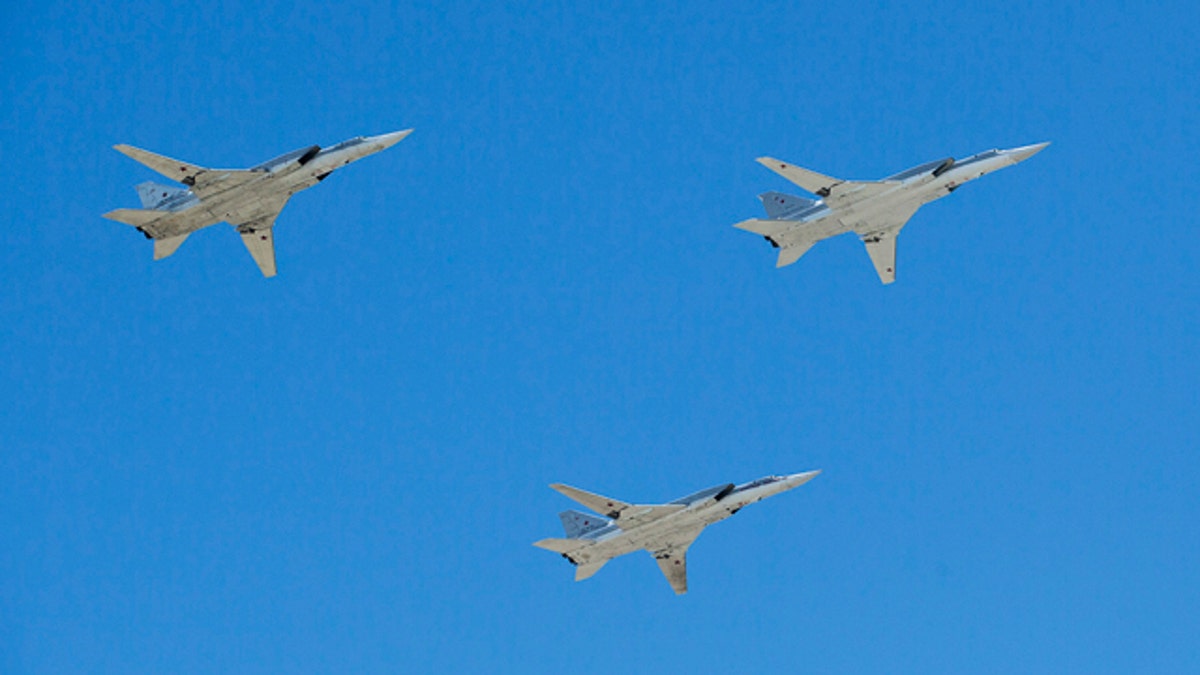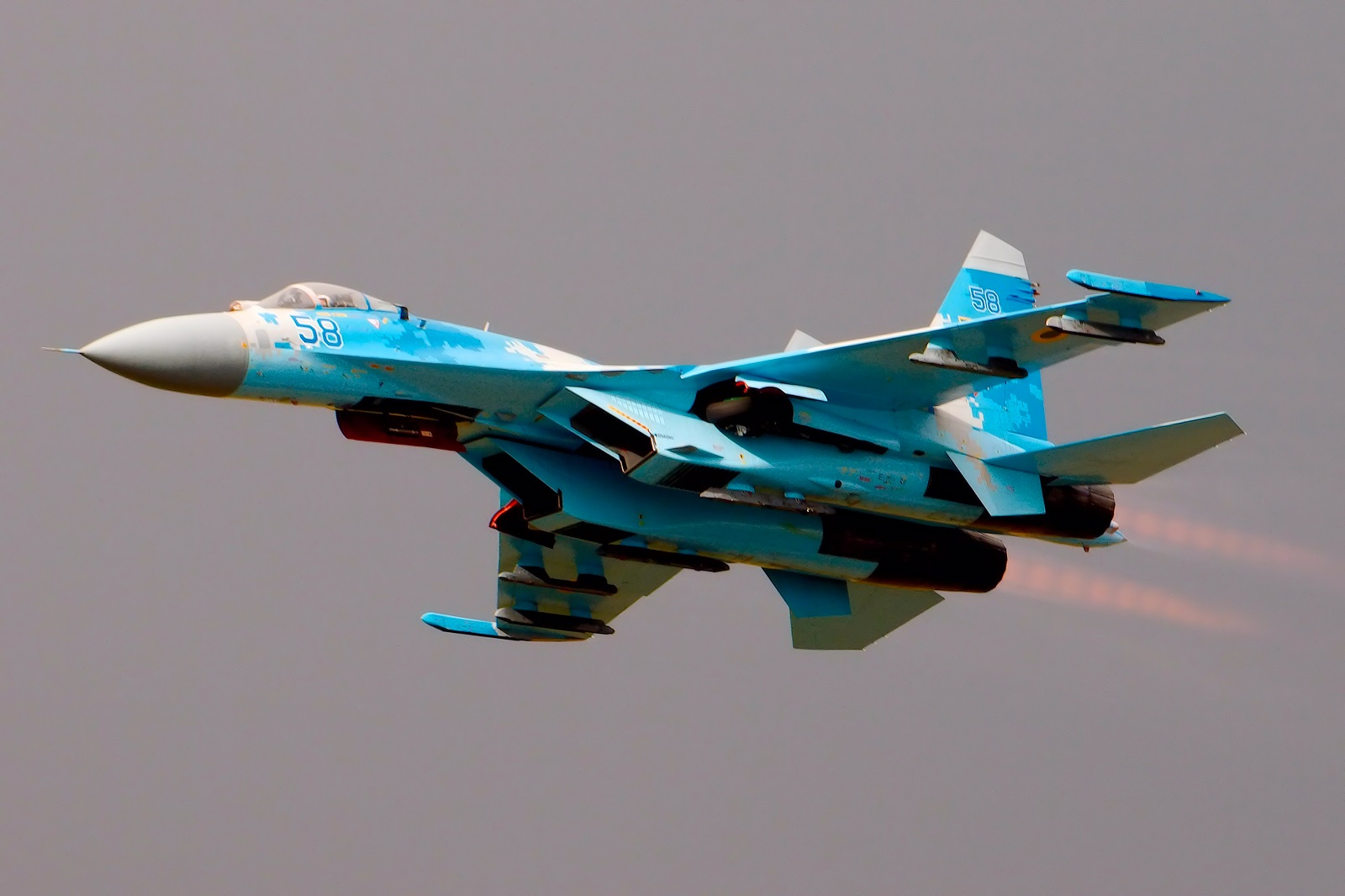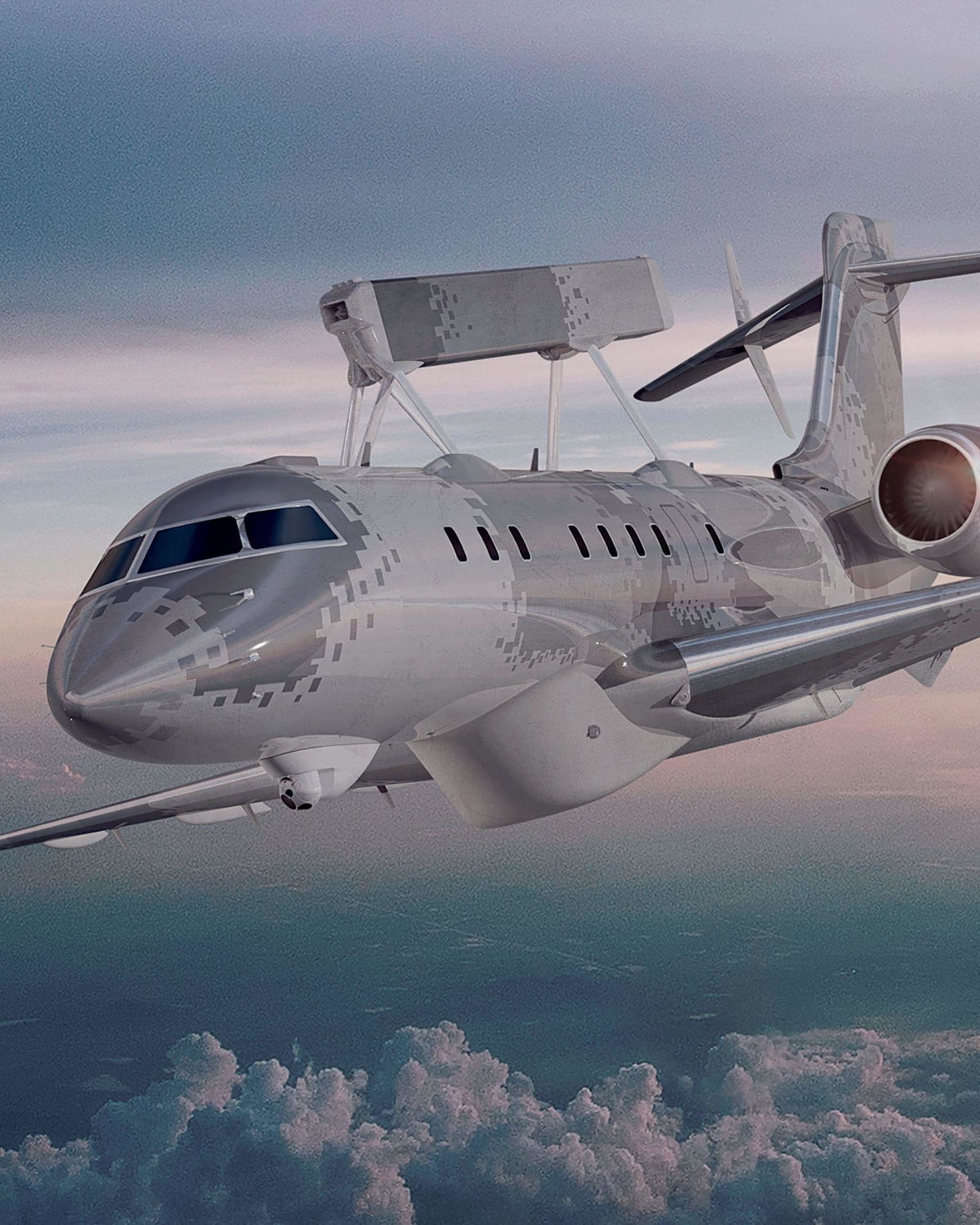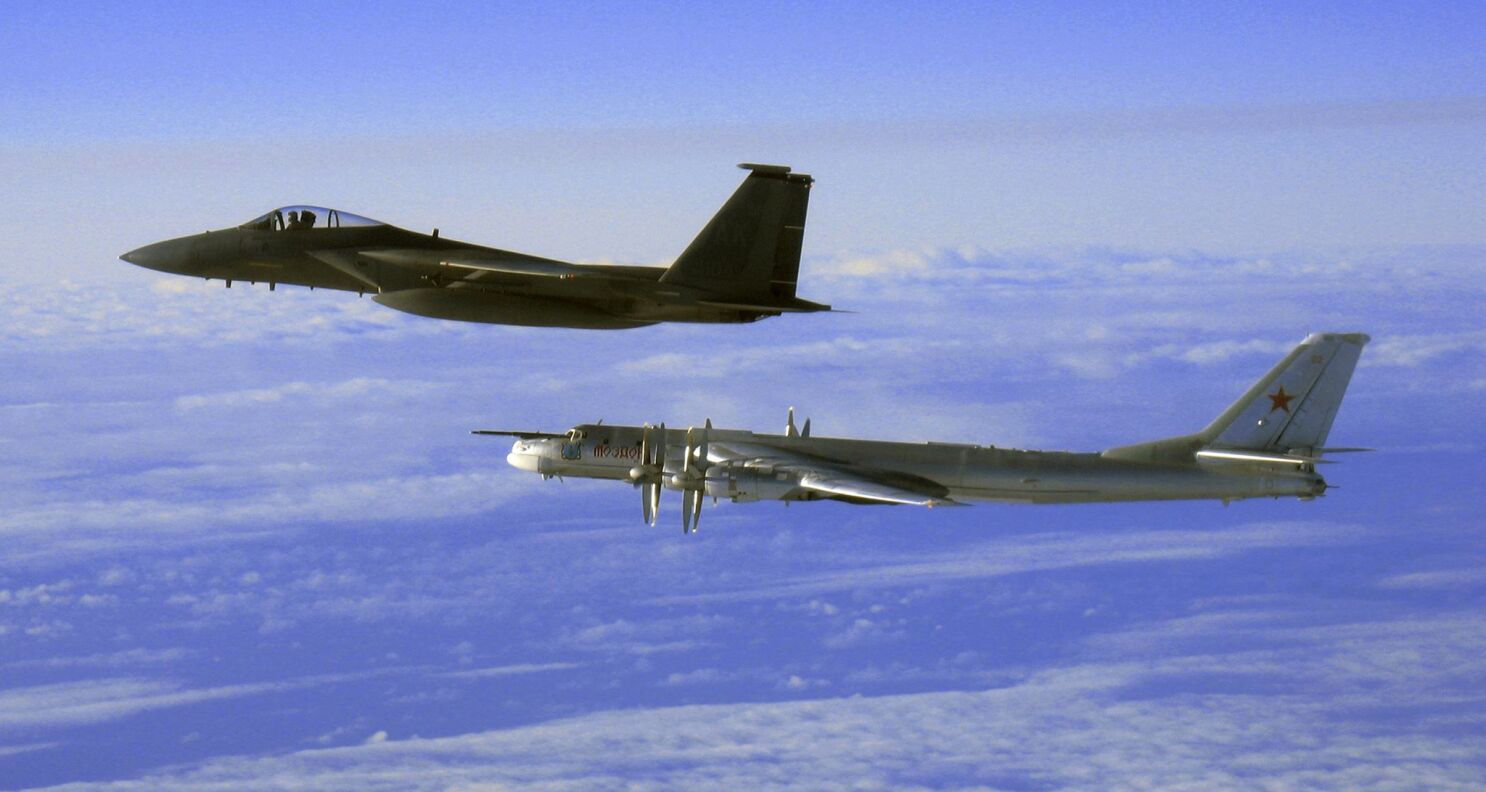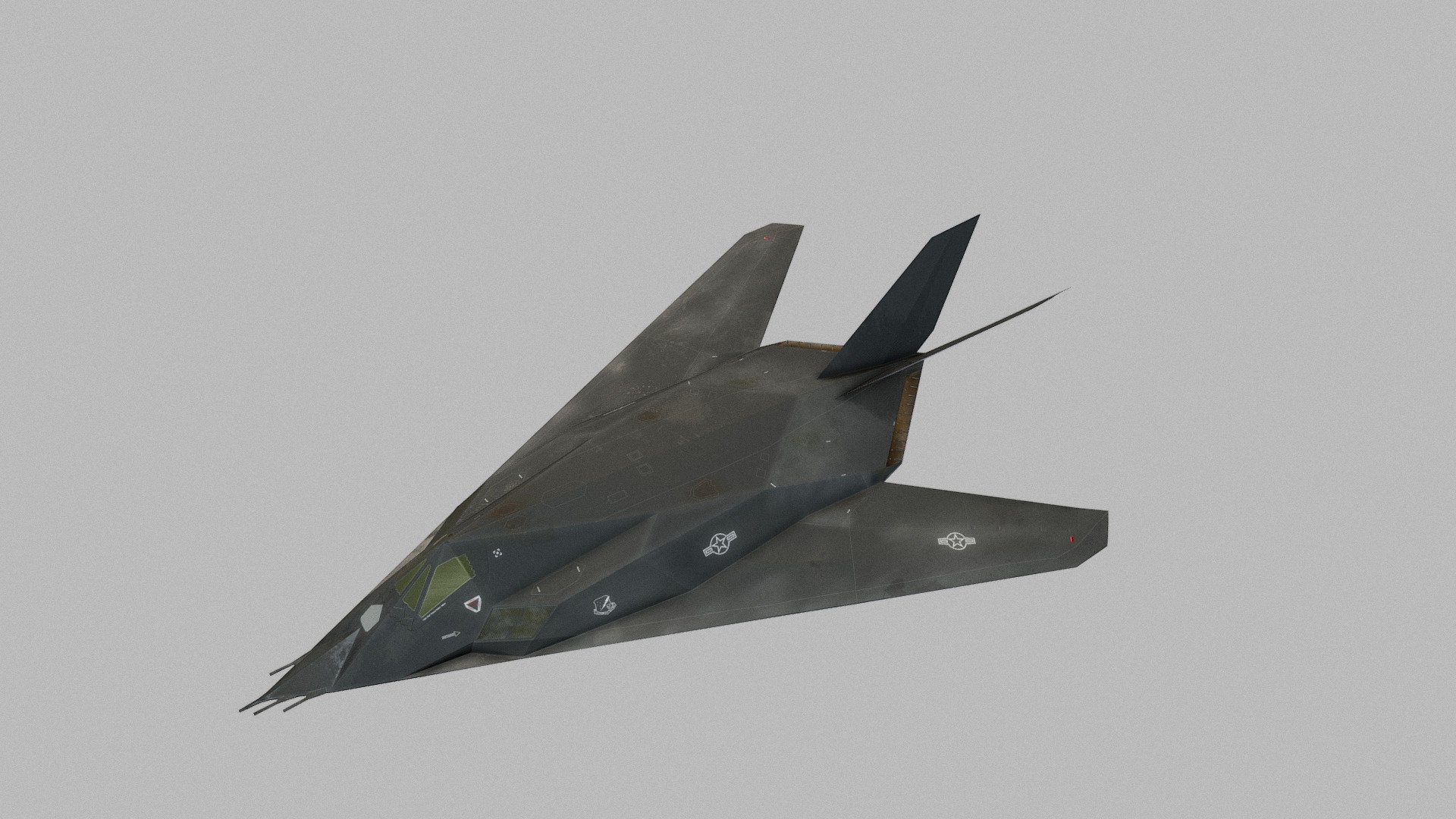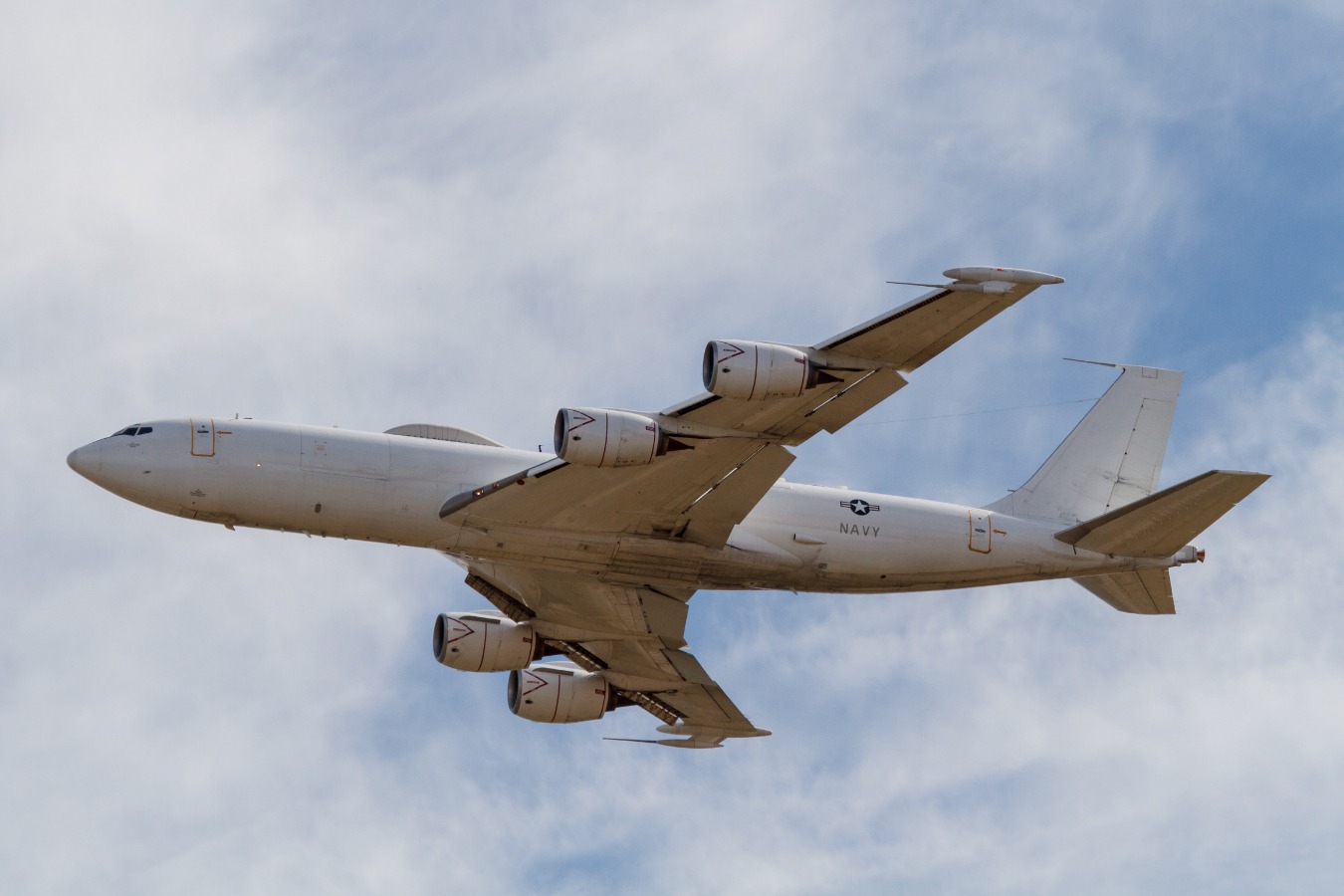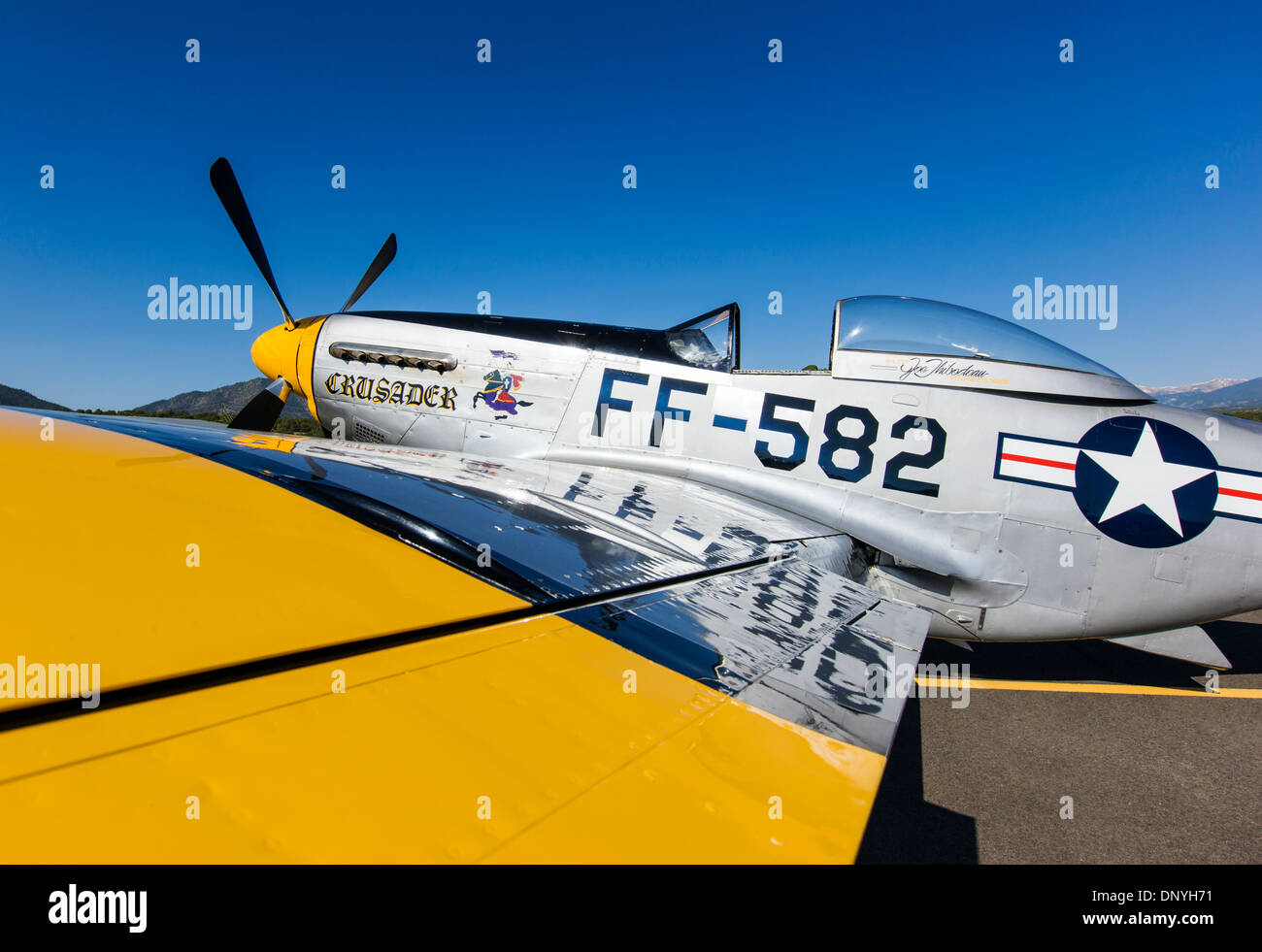Nighthawk Aircraft - Streamlined management by Aeronautical Systems Center, Wright-Patterson AFB, Ohio, combined breakthrough stealth technology with concurrent development and production to rapidly field the aircraft. The F-117A program has demonstrated that a stealth aircraft can be designed for reliability and maintainability.
The aircraft maintenance statistics are comparable to other tactical fighters of similar complexity. Logistically supported by Sacramento Air Logistics Center, McClellan AFB, Calif., the F-117A is kept at the forefront of technology through a planned weapon system improvement program located
Nighthawk Aircraft
![F-117 Nighthawk - Download Free 3D Model By Karelkiers (@Karelkiers) [D2c5443]](https://media.sketchfab.com/models/d2c544381f8444ad8628cd3bb0665e29/thumbnails/c56f442d3e8d4cb7b66fc2ee29455318/4e94786b18d24b6ea1d4c217848929b2.jpeg)
at USAF Plant 42 at Palmdale, Calif. The Air Force thinking today is that it will phase out the Nighthawks after 2018. IRSTs are totally passive sensors and an aircraft's ability to negate radar detection through stealth technology has zero effect on them.
F-A Nighthawk
You can read all about advanced IRSTs from the best source around in this past feature of ours. Although stealthy aircraft, including the F-22, F-117, and F-35, all have measures built into their designs to help reduce their infrared signature, this is a very tough proposition with high-performance fighters, especially when it comes to
hiding from increasingly advanced IRSTs that are fully integrated into an aircraft's combat system and networked with other aircraft. The images of the mirror-finished F-117 come to us from a photographer who was lucky enough to stumble upon a pair of the stealth attack jets in mid-January as they were flying near Eureka Dunes in the Saline Military Operating Area (MOA)
, which lies on the California side of the border with Nevada. The mirrored jet had a standard black-painted wingman and they made multiple passes overhead and the black jet did some low-level work through the area.
The F-35, on the other hand, has never been seen in such a scheme. The fact that the aircraft in question is an F-35C from Air Test and Evaluation Squadron Nine (VX-9), one of the Navy's major test units out of Naval Air Weapons Station (NAWS) China Lake, means this coating program is in
some ways a joint operation, or at least both services are testing it independently. This would make sense as we first saw this treatment on a Model 401 'Son of Ares' test jet flying over NAWS China Lake.
Still, considering that we have not seen a real foreign adversary aircraft wearing a similar finish, along with the statement from the USAF and the fact that so many types of aircraft are wearing it now in the test environment, points to the real possibility that this
is being developed for fielding on operational U.S. aircraft. The caveat here is that there may be a program an adversary has underway for a similar coating and testing is occurring to see how to counter it and possibly how to adopt it ourselves.
In December 2001, TRW and Lockheed Martin Aeronautical Company completed a series of successful F-117 flight tests evaluating the ability for commercial off the shelf (COTS) technology combined with COTS emulation technology to execute the existing F-117 Operational
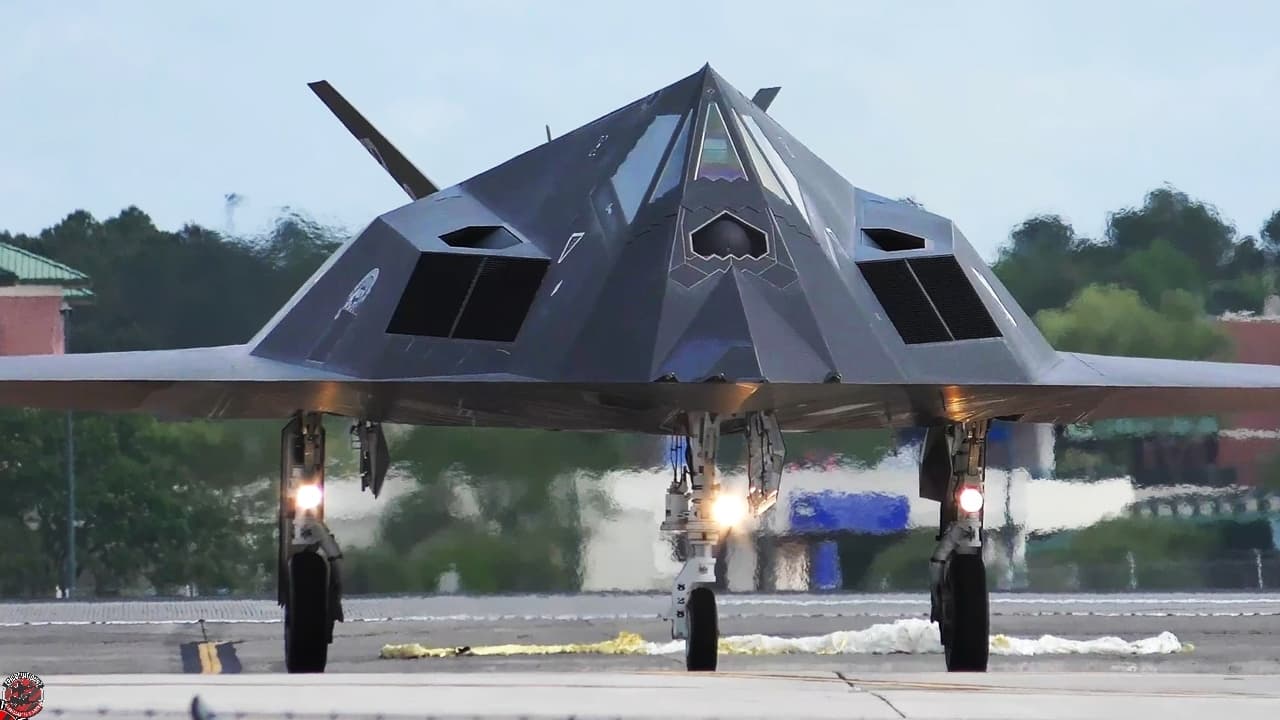
Flight Plan (OFP). TRW's Reconfigurable Processor for Legacy Applications Code Execution (RePLACE) emulates legacy hardware on more modern hardware, allowing that modern hardware to run legacy applications without changes. This technology offers the potential for low-cost, low-risk, incremental upgrades to aircraft processing
power. In the F-117 demonstrations, the technology performed flawlessly, requiring no updates, generating no anomalies, and surprising the evaluators. The stealth fighter attacked the most heavily fortified targets during Desert Storm (January-February 1991), and it was the only one
coalition jet allowed to strike targets inside Baghdad's city limits. The F-117A, which normally packs a payload of two 2,000-pounds GBU-27 laser-guided bombs, destroyed and crippled Iraqi electrical power stations, military headquarters, communications sites, air defense operation centers, airfields, ammo bunkers, and chemical,
biological and nuclear weapons plants. The USAF and Navy are just now in the process of fielding their first advanced IRSTs in years, initiatives that have, and continue to, require a lot of testing and tactics development work.
This includes flying all types of aircraft against the sensor in many conditions. The Air Force is even looking to procure an IRST-like capability for the F-22, which lacks any type of long-range infrared sensor. We have speculated as to this treatment's purpose before and the Air Force actually gave us a direct comment on it, although it was extremely vague.
But by most accounts, this material is thought to reduce the infrared signature of the aircraft from the frontal and side hemispheres. This would reduce the effectiveness of infrared search and track (IRST) systems, of which advanced types are proliferating around the globe and are present on most of the fighter aircraft peer adversaries are flying today.
Until this testing, the potential time-critical combat capabilities of the F-117 had not been explored. The target data technology works by allowing the aircraft to receive and transmit tactical information on targets or pop-up threats via satellite communication.
The fighter's ability to send and receive text and images enhances its combat flexibility yet does not compromise its stealth configuration. Although only 36 stealth fighters were deployed in Desert Storm and accounted for 2.5 percent of the total force of 1,900 fighters and
bombers, they flew more than a third of the bombing runs on the first day of the war. In all during Desert Storm, the stealth fighter conducted more than 1,250 sorties, dropped more than 2,000 tons of
bombs, and flew more than 6,900 hours. More than 3,000 antiaircraft guns and 60 surface-to-air missile batteries protected the city, but despite this seemingly impenetrable shield, the Nighthawks owned the skies over the city and, for that matter, the country.

The stealth fighter, which is coated with a secret, radar-absorbent material, operated over Iraq and Kuwait with impunity, and was unscathed by enemy guns. These shots were taken along the Sidewinder low-level route in Sequoia National Park in California.
After about 45 minutes of a very steep hike to get above the jets, and hours of waiting for a jet to fly through, this silver/chrome painted F-35C Lightning II assigned to the VX-9 "Vampires" greeted us with a pristine
low pass. My pops (who is also fascinated by aviation) and I were sitting on the mountain completely shocked as we knew we had seen something extremely new and rare. F-117 fighters deployed to the Gulf several times during the late
1990's to support U.S. attacks against Iraq designed to deprive Saddam Hussein of his Weapons of Mass Destruction (WMD) programs and to force his compliance with the UN monitoring regime. F-117 fighters deployed to the Gulf during Operation Desert Fox to upgrade the strike force's
ability to attack high-value targets. But the 18 hour flight from the F-117s' home base to Kuwait meant that the operation was over before the F-117 aircraft arrived in the Gulf. The stealth fighter emerged from the classified world while
stationed at Tonapah Airfield with an announcement by the Pentagon in November 1988 and was first shown publicly at Nellis in April 1990. The 4450th TG was deactivated in October 1989, and was reactivated as the 37th Tactical Fighter Wing.
Like the F-22, the F-35's radar-absorbent material coating plays a very important role in the aircraft's ability to drastically reduce the range at which radars — especially those associated with fire control — can detect and track them.
When we broke the Nellis-based 'mirrored Raptor' story, we noted that the finish is clearly quite unique, made up of a mosaic of small custom-fitted tiles in some places and large sheet-like areas in others, that act more as
a coating than a cladding. Recent work being done to test a mysterious metallic-looking coating on stealthy aircraft has expanded to the F-117 Nighthawk and the F-35 Joint Strike Fighter. New images of both types show examples wearing the exotic skin coating that can go from appearing mirror-like to a matte-like depending on the angle at which it is viewed.
In an effort to improve the combat effectiveness of the stealth fighter, test experts from the F-117 Combined Test Force at the Air Force Plant 42 in Palmdale, Calif., is working to expand what it brings to

the fight. On April 2 2002, developmental test experts in Palmdale teamed up with their operational counterparts from the Holloman Air Force Base, N.M., to complete the second phase of a demonstration project designed to provide the F-117 and its pilots with the ability to
receive and transmit mission and target data in real-time from the air. Phase one tests, completed in October of 1998, allowed a pilot to receive live-threat information and manually replan a mission from the cockpit. The second phase completed the test cycle by demonstrating
the transmission of real-time mission and target data out of the cockpit and into the hands of command and control forces on the ground. It's also important to note that IRSTs will play a major role in the services' unmanned air combat future, with multiple drones carrying IRSTs while linked together via datalink providing targeting information for manned and unmanned assets.
There is a secretive program underway that appears to focus on producing a stealthy drone for this role specifically and General Atomics' Avenger drones have been proving the concept during real exercises. The F-117A Nighthawk is the
world's first operational aircraft designed to exploit low-observable stealth technology. The unique design of the single-seat F-117A provides exceptional combat capabilities. About the size of an F-15 Eagle, the twin-engine aircraft is powered by two General Electric
F404 turbofan engines and has quadruple redundant fly-by-wire flight controls. Air refuelable, it supports worldwide commitments and additions to the deterrent strength of the U.S. military forces. The first F-117A was delivered in 1982, and the last delivery was
in the summer of 1990. The F-117A production decision was made in 1978 with a contract awarded to Lockheed Advanced Development Projects, the "Skunk Works," in Burbank, Calif. The first flight was in 1981, only 31 months after the full-scale development decision.
Lockheed-Martin delivered 59 stealth fighters to the Air Force between August 1982 and July 1990. Five additional test aircraft belong to the company. You can see in the photos above and the one below how the roundel marking on the wing literally disappears as the aircraft passes perpendicularly then reappears again.
It is actually transitioning from looking dark to light, almost becoming a negative of itself. Also, the nose markings are fully visible as is the VX-9 logo on the tail. Another photo we have examined from another photographer of this jet on the same day also shows this, with the entire aircraft looking polished from the quartering head-on aspect, but the logos showing through as dark outlines.
It's also possible that the logos were applied as part of this coating and act similar to it as a result. As you can see, the F-117 has its leading edges and upper fuselage and tails covered in a mirror-like coating very similar to the one seen on the F-22 that has been flying out of Nellis.

This is not the first time the F-117 has worn a similar exotic mirror-like skin. As we wrote in December, back in the early 1990s, a mirror-like metallic finish was tested on an F-117 under the SENIOR SPUD program.
That program looked at ways to significantly reduce the Nighthawk's infrared signature and was likely a progenitor of what we are seeing today. Now, nearly 30 years later, the 'Black Jet' is back in a silver skin again.
The general layout of the metallic coating on this F-35C is almost identical to what we have seen on the F-22, including the scalloped edges mid-way across the wing. These new images do show one thing new — that the coating appears to be translucent, allowing the markings on the jet to show through below the coating, but only from certain angles.
This makes sense considering how the coating goes from polished to matte to somewhat shiny looking depending on the aspect you are viewing it from. The FY2003 budget continues to fund the Single Configuration Fleet (SCF) effort to develop a single, optimized low observable
configuration for the F-117 fleet. Previously, the F117A fleet had two major radar absorbing material (RAM) coating configurations, costly and labor intensive panel access technology, and five leading edge configurations. The configuration developed for SCF features new
leading edge technologies, spray-on coatings, new sheet RAMs, and new panel access technologies. Standardizing the configuration will preserve radar cross-section performance, reduce maintenance requirements, and eliminate the separate procedures for each aircraft previously required. The SCF development contract was awarded in June
1996, and all development and flight testing completed March 1999. Conversion began late 1999, with first delivery early 2000. Conversion will run through FY 2006. While the U.S. The Air Force officially retired the F-117 nearly a decade and a half ago, examples continue to fly developmental and test missions, as well as fulfilling a stealthy adversary role.
The testing of new coatings has long been part of the Nighthawk's post-retirement activities. Now, after an F-22 began flying with a mirror-like coating out of Nellis Air Force Base last November, and Scaled Composites 'Son Of Ares' demonstrator aircraft also donned the metallic finish a year and a half prior, we can say for
certain that the F-117s have joined the metallic coating testing fray. The F-35, on the other hand, like the F-22, is a front-line platform. The fact that the Pentagon's other 5th generation fighter, and one from the Navy no less, is also wearing this treatment points to some interesting possibilities.
The coating could also be used to test new IRST or other sensor systems going into service. This alone made a lot of sense until the F-35 showed up with it on. Having both 5th generation fighters wear it, along with the F-117 and Son Of Ares, just to test sensors doesn't make all that much sense.

That is unless both are supporting IRST development for each service independently. We know the Navy and USAF IRST programs are largely compartmentalized even though they use the same base sensor technology, so this is a possibility.
Air Combat Command's only F-117A unit, the 4450th Tactical Group, achieved operational capability in October 1983. Since the F-117�s first Air Force flight in 1982, the aircraft has flown under different unit designations, including the 4450th Tactical Group and the 37th
Tactical Fighter Wing at Tonapah Test Range, NV; the 57th Fighter Weapons Wing, Nellis AFB, NV; the 410th Flight Test Squadron/410th Test Squadron, Palmdale, CA; and Detachment 1, Test Evaluation Group, also at Holloman, which falls under the 53rd Wing, Eglin AFB, FL.
F-117, also called Nighthawk, single-seat, twin-engine jet fighter-bomber built by the Lockheed Corporation (now part of the Lockheed Martin Corporation) for the U.S. Air Force. It was the first stealth aircraft—i.e., an aircraft designed entirely around the concept of evading detection by radar and other sensors.
After a difficult development period, during which several prototypes crashed during testing, the first operational craft was secretly delivered to the Air Force in 1982. The existence of the aircraft was officially acknowledged in 1988, and production ended in 1990 with the 59th plane.
There was only one operational variant, known as the F-117A. F-117s saw extensive combat use, from the incursion into Panama in 1989 through the Persian Gulf War of 1990–91 to the Iraq War of 2003–11. The only combat loss took place in 1999, during the Kosovo conflict.
The F-117 was retired in stages between 2006 and 2008. On January 22, 1997 Lockheed Martin delivered the first F-117A with the "RNIP-Plus"-navigation system from Honeywell after it had been overhauled in Palmdale (California). The F-117A now operates with
laser gyroscopes and a GPS receiver, giving the aircraft a much higher precision than the inertial platforms did, which were previously used and which could show deviations of several hundred meters during a flight. Apart from this, the old system was more expensive
maintain. It's also possible that the fact that 4th generation fighters without stealth technology, or in which it was not a primary driver of their design, are already readily detectable by radar, so reducing their infrared signature is not as much of a priority.
The F-117A first saw action in December 1989 during Operation Just Cause in Panama. Two F-117A fighters targeted the field outside the Panamanian Defense Forces barracks at Rio Hato with BLU-109 2,000 lb. bombs to stun and disorient the troops quartered in those barracks
in preparation for an assault by US Army Rangers. Technical failures and communications mixups caused the pilots to miss their targets, dropping the bombs farther away from the barracks than intended. The shots below that show the VX-9 F-35C in the treatment were taken by aviation photographer Elijah Delgadillo, who goes by @eli_aviation on Instagram, on January 20, 2022. Here is a little from the photographer about how and where he snapped
the dramatic images: The F-117A can employ a variety of weapons and is equipped with sophisticated navigation and attack systems integrated into a state-of-the-art digital avionics suite that increases mission effectiveness and reduces pilot workload. Detailed planning for
missions into highly defended target areas is accomplished by an automated mission planning system developed, specifically, to take advantage of the unique capabilities of the F-117A. Regardless, this stealthy metallic coating program is clearly growing in scope, and the fact that it now includes the Air Force and the Navy aircraft means we will probably be seeing a lot more of it soon, at least if it is deemed effective.
f 117 nighthawk, f 117 nighthawk stealth fighter, f 117 nighthawk stealth bomber jet, nighthawk plane, lockheed f 117 nighthawk history, f117 fighter cockpit, nighthawk fighter jet, stealth fighter f 117
